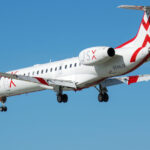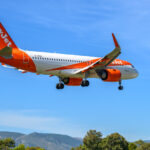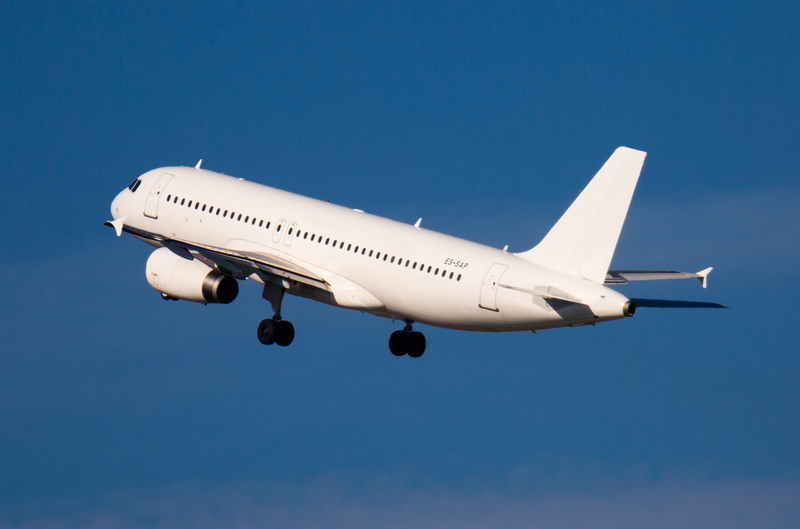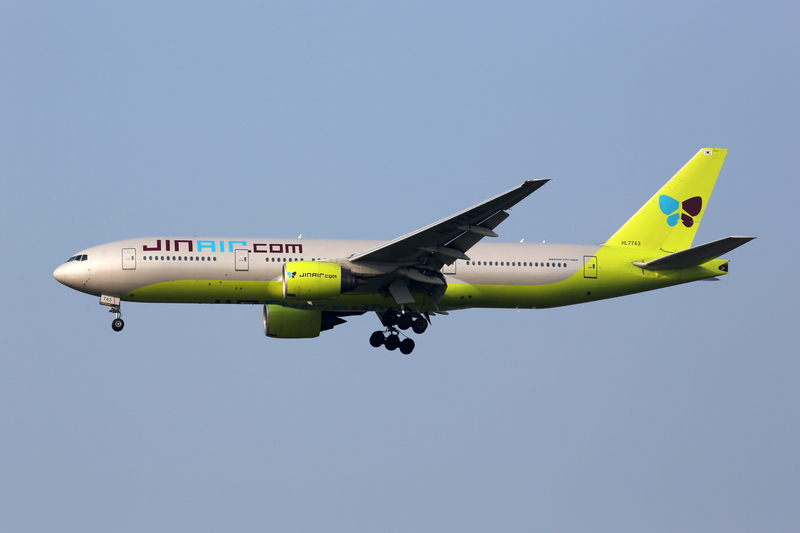JSX All-Business Class ATR Turboprop Flights Coming Soon
JSX Adds ATR Turboprops To Its Fleet
JSX, the public charter carrier known for its 30-seat “business class” regional jets and private-terminal experience, is taking a new step with the introduction of ATR 42-600 turboprops.
Until now, JSX has relied solely on Embraer ERJ-135 and ERJ-145 aircraft, all configured with just 30 seats and operated from private or semi-private terminals under a public charter model rather than traditional Part 121 airline rules.
Now the company is branching out:
-
It will lease four ATR 42-600s in the coming months.
-
The deal includes options for 25 additional aircraft, signaling that JSX sees turboprops as a major part of its future growth.
-
This also marks ATR’s entry into the U.S. public charter market, a niche the manufacturer hopes to develop further.
First Route: Santa Monica To Las Vegas
JSX plans to debut its ATR operations on a new route between Santa Monica (SMO) and Las Vegas (LAS):
-
Launch date: December 19, 2025
-
Initial frequency: Once daily
-
Introductory fares: From $149 one-way
This is an especially clever use of the aircraft because Santa Monica’s runway is too short for JSX’s Embraer jets. The ATR 42-600’s short-field performance allows JSX to tap a high-income market that has historically been reserved for private aviation and very small aircraft.
As with the jet operation, flights will be marketed as a “hop-on” business-class style product, with streamlined security, smaller crowds, and faster boarding and deplaning compared to the main terminals at large commercial airports.
Cabin Layout & Passenger Experience
JSX’s ATR 42-600s will be configured with 30 seats in an all-business-class layout:
-
10 rows in a 1–2 configuration
-
The single seats on the left side will feature a side console / cocktail table, making them the most desirable spots onboard.
-
The right side of the cabin will have paired seats, similar to JSX’s Embraer layout but with one extra seat per row overall.
Compared to JSX’s Embraer jets:
-
Expect the ATR cabin to feel slightly tighter, since there are three seats per row instead of two, even though seat pitch and comfort are still aimed at a premium experience.
-
At least for the initial batch, JSX is not opting for ATR’s HighLine 1–1 “private jet style” layout, which would have been more spacious but less efficient.
On the tech side:
-
The turboprops are expected to be equipped with Starlink Wi-Fi, but this is only planned to be available in early 2026, not at launch.
-
Once installed, passengers should enjoy fast, gate-to-gate connectivity similar to what’s being rolled out on other premium carriers.
Why Turboprops Fit JSX’s Model
Turboprops have been largely phased out of major U.S. airline fleets, but they still make a lot of sense for short, premium, thin routes—exactly the space JSX wants to own. The ATR 42-600 offers:
-
Lower operating costs on shorter segments compared to small jets.
-
Excellent short-field performance, unlocking hundreds of smaller airports jets cannot safely or economically serve.
-
Decent range for regional missions, making it ideal for hops like SMO–LAS and other sub-1,000-mile routes.
JSX CEO Alex Wilcox has framed the ATR plan as a way to:
-
Bring over 1,000 new airports “into reach” for JSX.
-
Open up airports “that were, until now, reserved only for those who had the means to fly private.”
-
Pair quiet, comfortable turboprop cabins with JSX’s high-touch service to create a unique premium regional product.
In practice, this gives JSX far more flexibility:
-
It can launch short, high-yield routes from smaller, closer-to-town airports.
-
It can better match capacity to demand on thin premium markets where a 30-seat cabin is ideal.
-
It diversifies the fleet with a modern, fuel-efficient type while its Embraer jets continue to handle longer or higher-demand sectors.
Open Questions Around Economics & Fleet Growth
Some uncertainties remain:
-
JSX is not publicly traded, so its financial performance and route economics are not transparent.
-
Its Embraer jets average nearly 25 years of age, suggesting very low ownership or lease costs, which might offset their higher fuel burn.
-
It’s not yet clear whether the ATRs are brand-new deliveries or secondhand aircraft being refitted with custom cabins.
What is clear is that JSX sees turboprops as more than a small side experiment:
-
Four aircraft are coming quickly, with options for 25 more.
-
If the SMO–LAS launch proves successful, it could pave the way for a larger ATR sub-fleet serving niche, high-yield routes across the country.
Bottom Line
JSX is set to launch 30-seat all-business-class ATR 42-600 turboprop flights, starting with a Santa Monica–Las Vegas route from December 19, 2025, with fares from $149. The aircraft will feature a 1–2 layout with 30 premium seats and are expected to gain Starlink Wi-Fi in early 2026.
This move fits JSX’s niche perfectly: a premium, small-cabin product from convenient airports that larger airlines can’t or won’t serve. The only real disappointment is the decision not to go with ATR’s ultra-spacious 1–1 HighLine interior. Even so, if these first routes perform well, it wouldn’t be surprising to see many more ATRs in JSX colors over the next few years.





